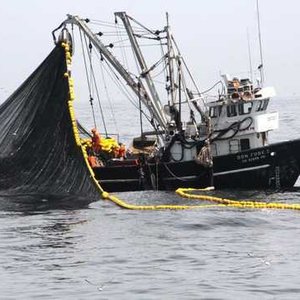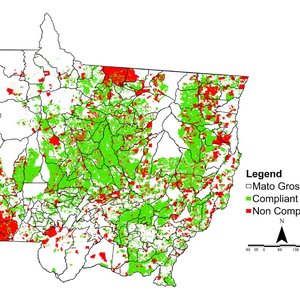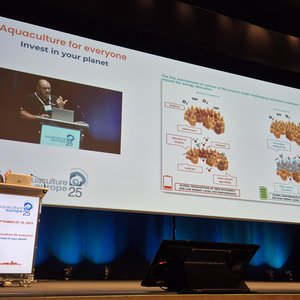Whether single- or twin-screw extruders are involved – Buhler can offer its customers the extrusion system tailored to their needs. A single-screw extrusion system was recently installed at Buhler Uzwil. It enables customers to conduct on-site tests.
The Buhler single-screw extruder covers a wide range of applications, from straightforward debittering of soy to sophisticated production of fish feeds and petfoods. Essentially, the machine masters the identical process operations as its twin-screw brother: Continuous conversion of starches, proteins, and fats. Buhler single-screw extruders have been successfully used for stabilizing rice bran, making soy-corn extrudates for the Unicef aid program, or for manufacturing fish feeds. The results are outstanding, confirming Buhler’s strategy to offer high-tech extruders in both design versions. Every customer and every application are to have their own specific Buhler extrusion system.
Tilapias, too, are hungry
Tilapias are fish capable of surviving in very warm, but also very shallow waters while propagating at very high rates. In other words, they are ideal, intensive suppliers of protein for large parts of the populations of Latin America, Africa, and Asia. The single-screw extruder has proven its worth also in the production of fish feed: During the extrusion process, the starch-containing feed components are broken up and the proteins are denatured. After cooking at 140 degrees Celsius, the strands of extruded material discharged from the die are cut into pellets. Coated with fat or cooled directly, they are moved away gently by pivot-bucket elevators. In these very special applications, the cost-effective single-screw extruder has established a firm position beside the highly flexible, high-capacity Buhler twin-screw extruder.
Learn more about Buhler's product range at: http://www.buhlergroup.com











